Interesting and Unknown Facts About the Lingaraja Temple, Bhubaneshwar, Odisha
Interesting and Unknown Facts About the Lingaraja Temple, Bhubaneshwar, Odisha
The Word Lingaraja
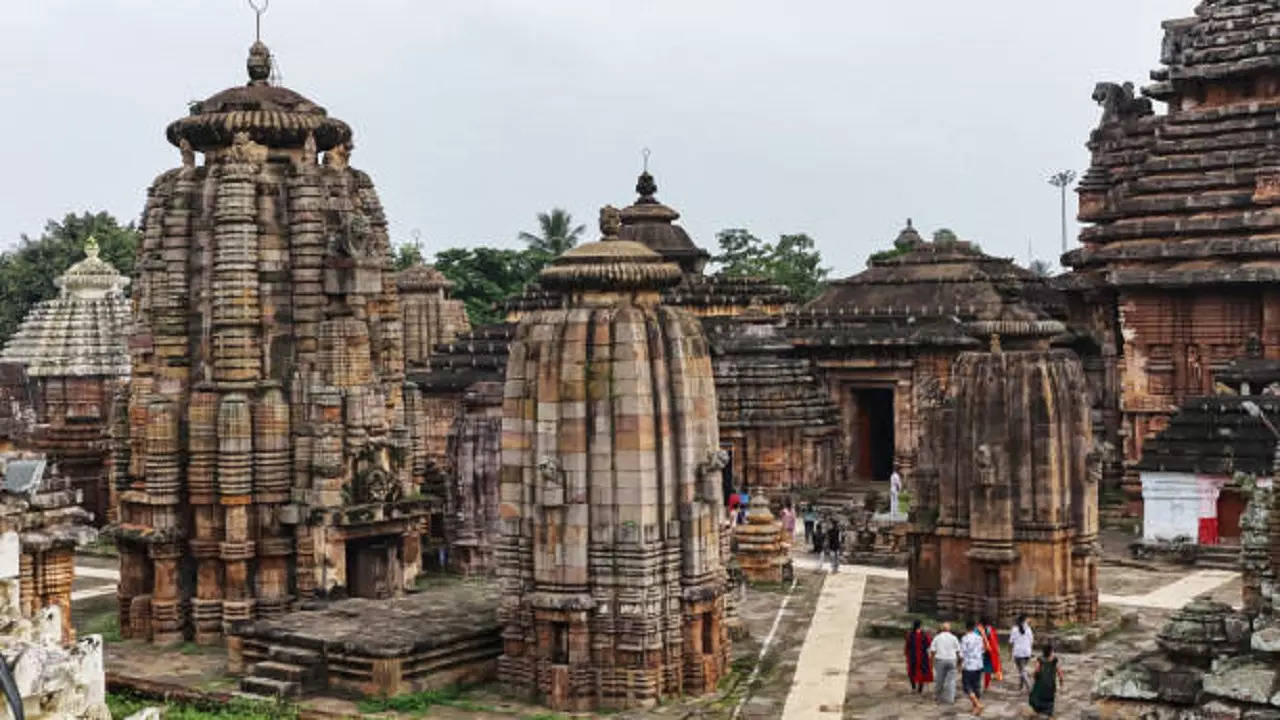
The word Lingaraja refers to the “The King of Lingam” and Lord Shiva is The King of Lingam.
Temple Architecture and History
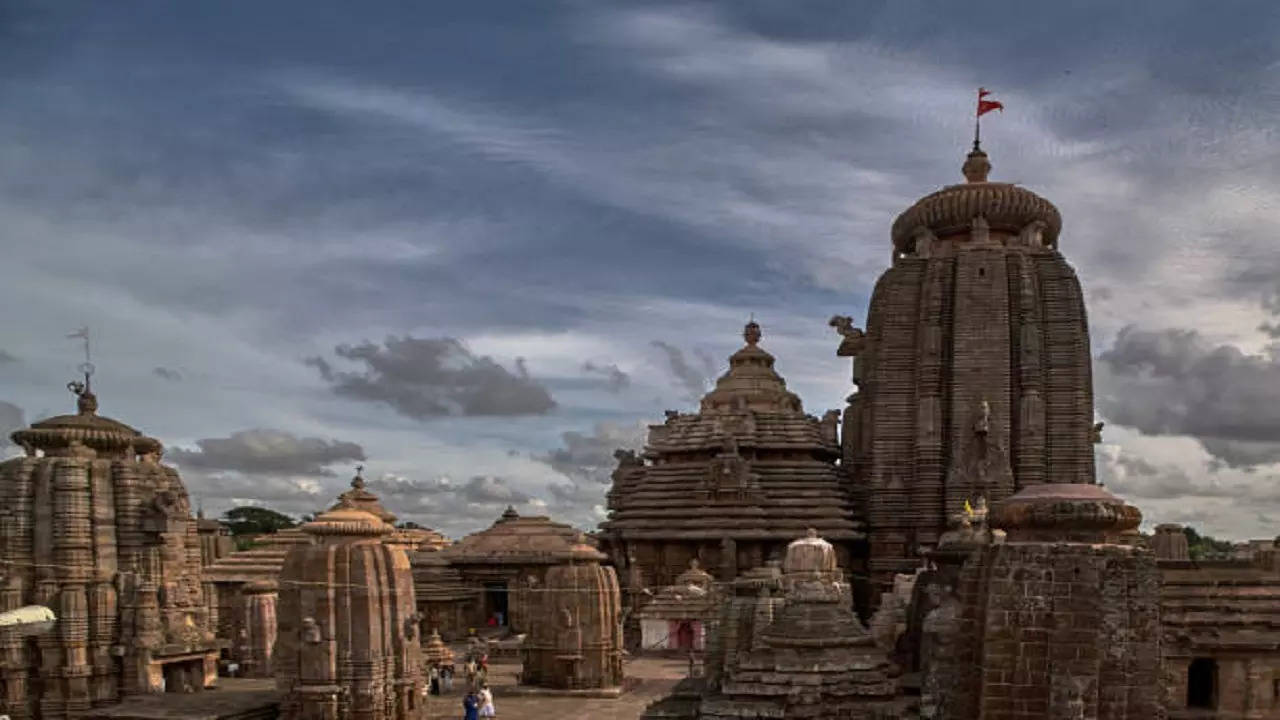
As per some of the 7th-century Sanskrit texts, the temple was built in the 6th century. However, carbon dating suggests that some portions of the temple were also built in the 11th century. The temple is believed to be built by kings, with the embodiment of the Kalinga architecture. The Lingaraja temple is built out of sandstone and laterite and faces east. The temple is built in the Duela style which consists of four structures that are vimana (structure containing the sanctum), Jaganmoha (assembly hall), Nata Mandira (festival hall), and bhoga-mandapa (hall of offerings).
Sculptures and other textures
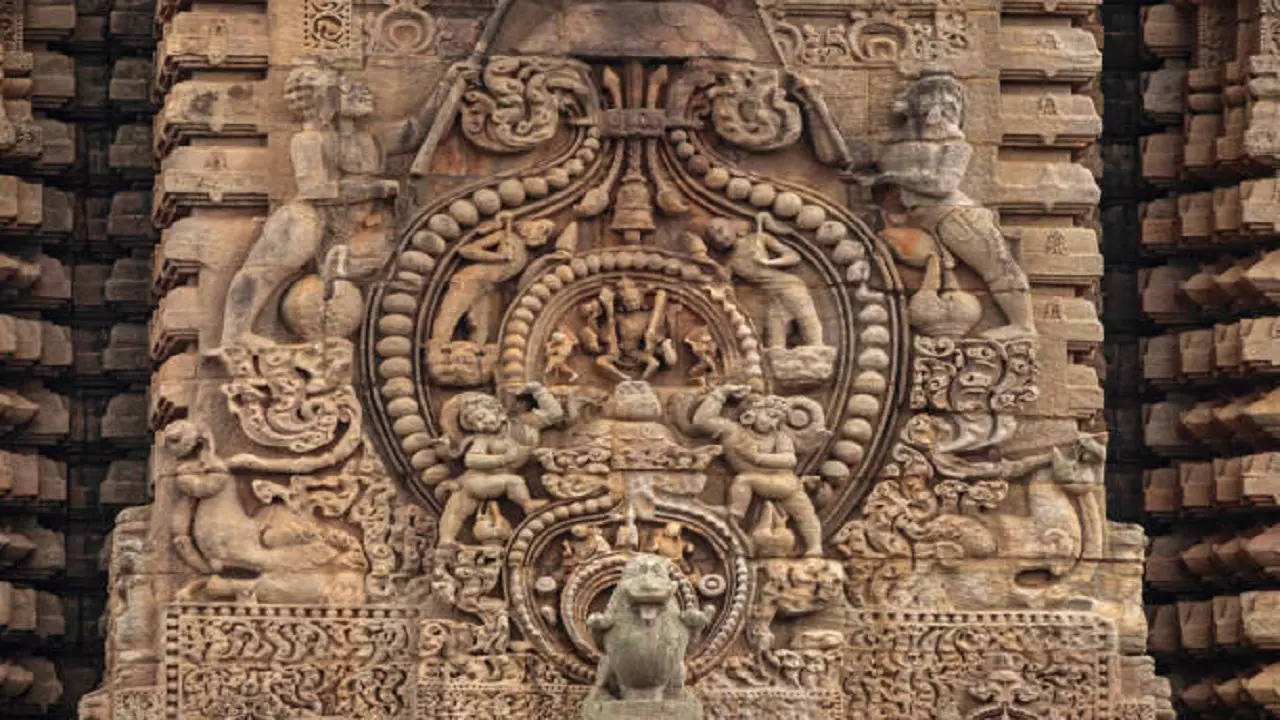
There are decorative sculptures of beasts and men and animals on the exterior walls of the hall. The hall roof is pyramidally made of horizontal layers arranged in two sets with the intervening platform. On its top, it has a kalesa and an inverted bell.
Religious Significance
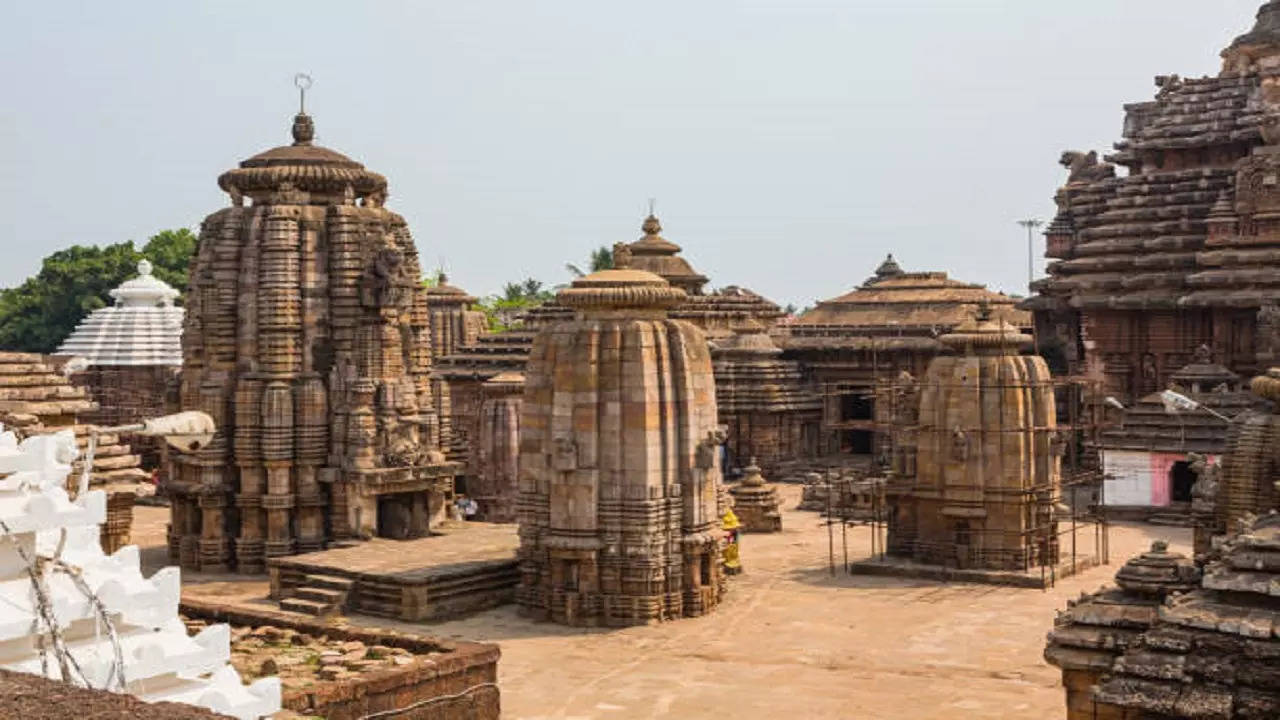
Bhubaneswar is also known as Ekamra Kshetra as the lingam which is present in the temple was originally under a mango tree (Ekamra). According to the Ekamra Purana, the presiding deity was not seen as lingam during the Satyayuga and Tretayuga, only in Dwaparyuga and Kaliyuga, it emerged as a lingam. The lingam in the temple is a natural, unshaped stone that is 8ft in diameter. Such a lingam is called “Krutibasa”, or “Swayambhu” and it is found in 64 places in different parts of India.
Deities at Lingaraja Temple
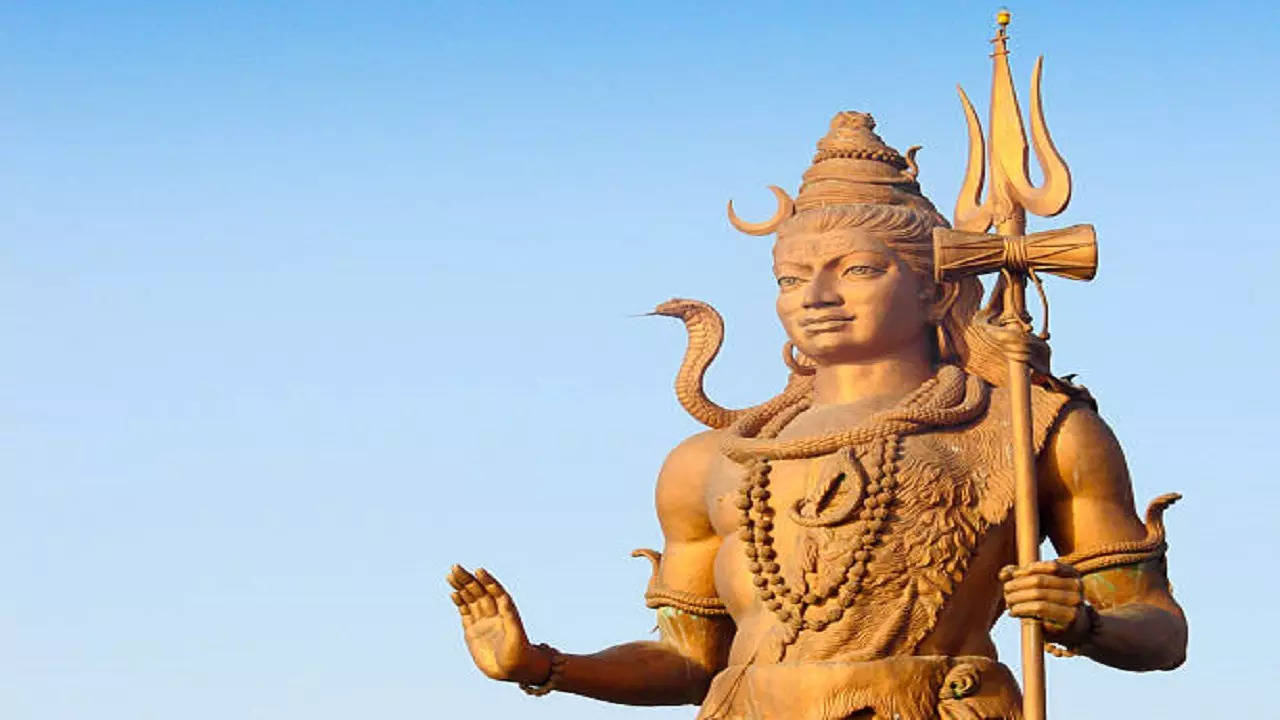
Originally Lord Shiva was worshipped as Kirtivasa, after that as Harihara by the Ganga dynasty people as by the completion of the temple, the Jagannath (form of Vishnu) sect had been growing in the region and the kings of the Ganga dynasty were ardent followers of Vaishnavism who had built the Puri Jagannath Temple in the 12th century. So, both Lord Vishnu and Lord Shiva are worshipped in the Lingaraj Temple as Harihara. Hari stands for Lord Vishnu and Hara stands for Lord Shiva).
Method of worshipping
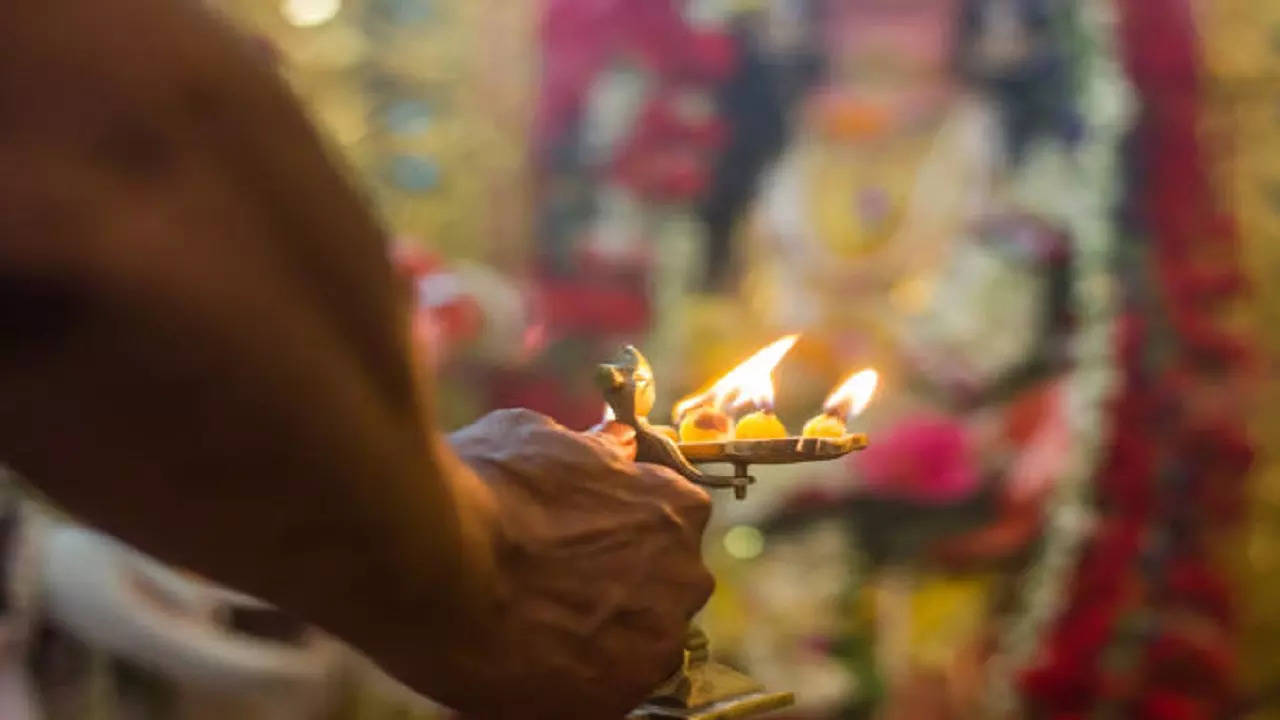
And at that time, thousands of devotees visit the temple, and most of the devotees show their devotion by fasting the whole day. The sculptures are worshipped with flowers and leaves and bathed in milk. Lingraja is worshipped as both of God, meaning lord Vishnu and Lord Shiva. Hence it can be called the harmony between Vaishnavism, Hinduism, and Shaivism.
Festivals of Lingaraj Temple
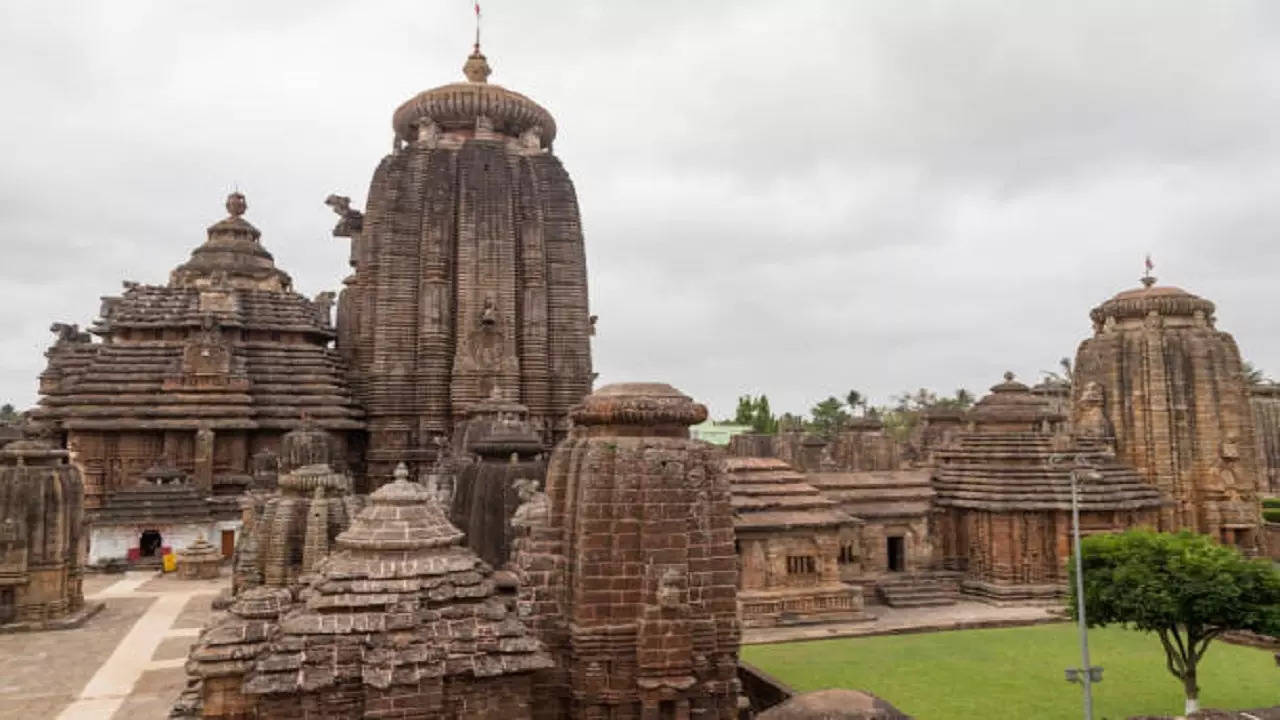
Mahashivaratri is the main festival of the temple which is celebrated annually in the month of Phalguna when thousands of devotees visit the temple. Bel leaves are offered to Lingaraj on this auspicious day. The main celebration begins at night when devotees pray all night and break their fast after the Mahadipa(a huge lamp) is lit on the spire of the temple.
Bindusara tank
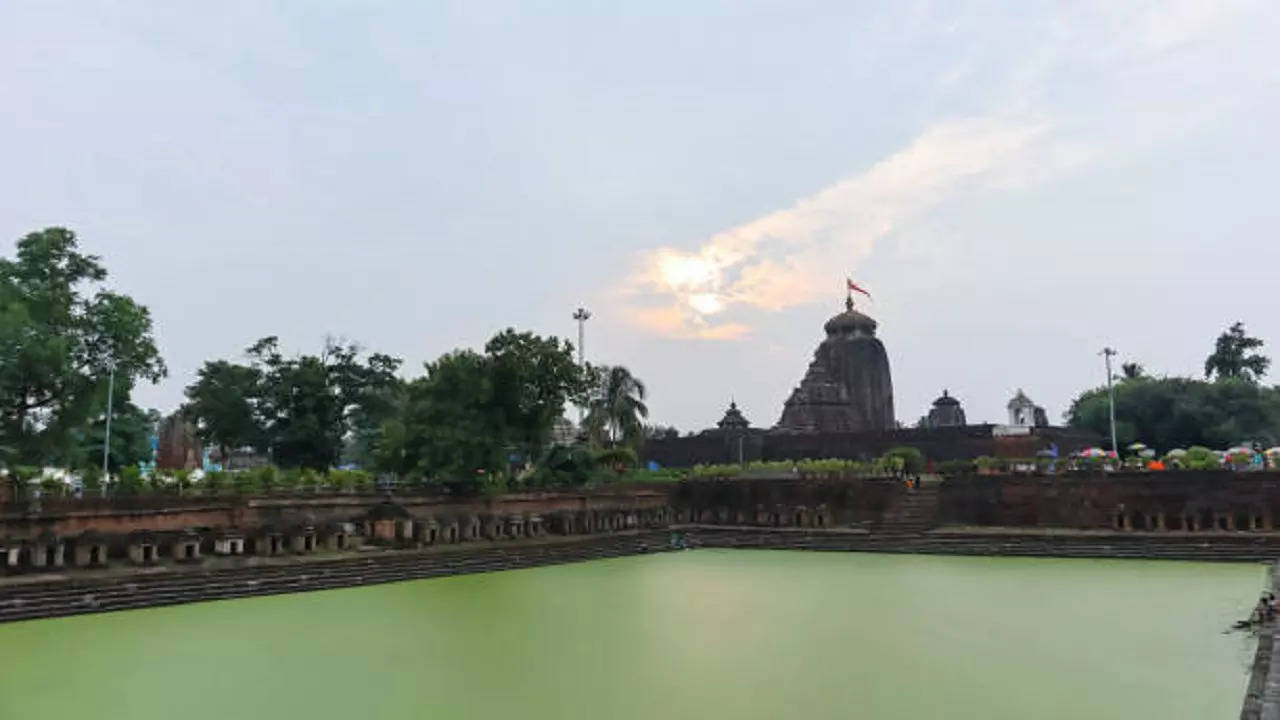
Hindus believe that an underground river fills the Bindusara tank, and the water is blessed by Lord Lingaraja himself. After that, the holy water is distributed among saints, devotees, and monks busting the temple. The holy water is believed to be capable of healing all physical and spiritual illnesses. On the occasion of Mahashivratri, celebrated in honor of Lord Shiva’s marriage (Lingaraja), the holy water is distributed among all.
Lingaraja temple priests
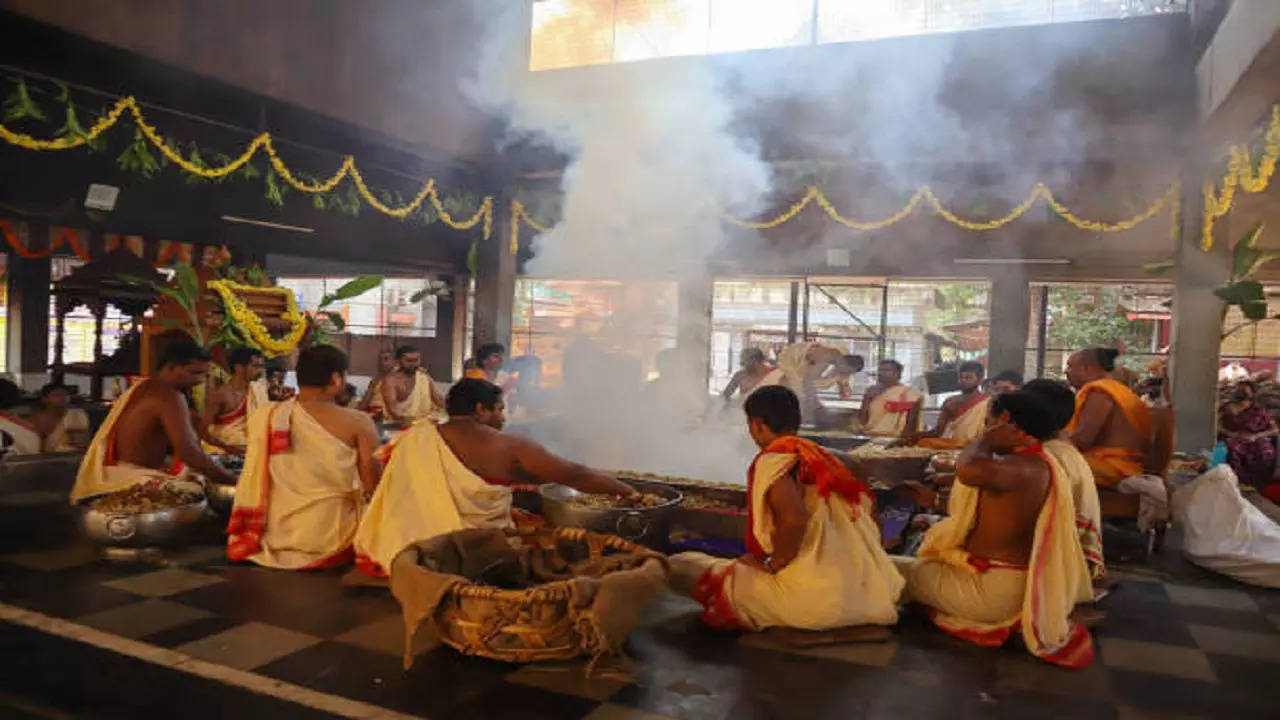
The temple priests are known to come from three distinct communities of Pujapanda Nijog, Brahman Nijog, and Badu Nijog.
Temple ceremonies
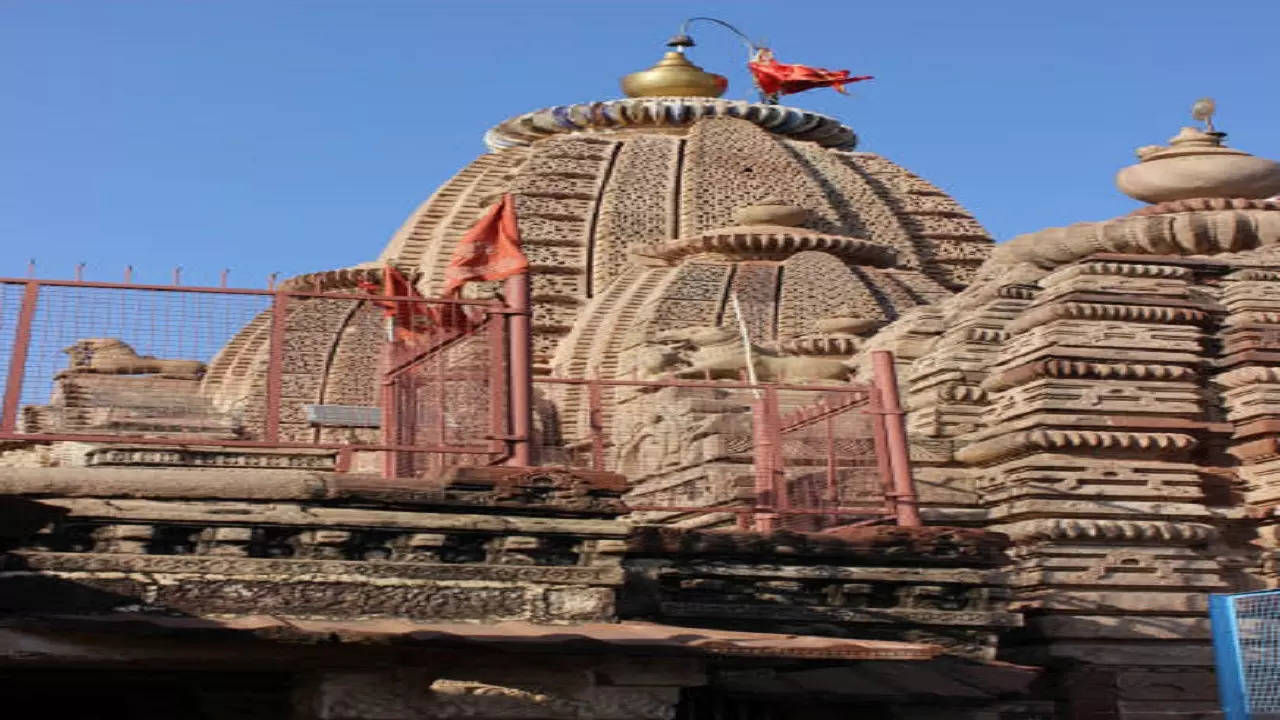
The Lingaraja temple is closed from about 12 noon to 3.30 pm, a ceremony referred to as Mahasnana and it commences once the doors are closed. It’s followed by pouring a mixture of milk, curdled milk, honey, and clarified butter upon the deity purification.

05:14
Akshaya Tritiya 2024: Significance and List of Do’s & Don’ts that you must follow on Akha Teej

07:03
Weekly Horoscope - May 6 to 12, 2024

00:41
Uttarakhand Forest Fire Suspects Brag About Starting Blaze in Viral Video

16:04
Rahul Gandhi Revisits Quota & Wealth Redistributon, Is It New Politics Or Regressive? | Newshour

16:04
Rahul Gandhi Revisits Quota & Wealth Redistributon, Is It New Politics Or Regressive? | Newshour

